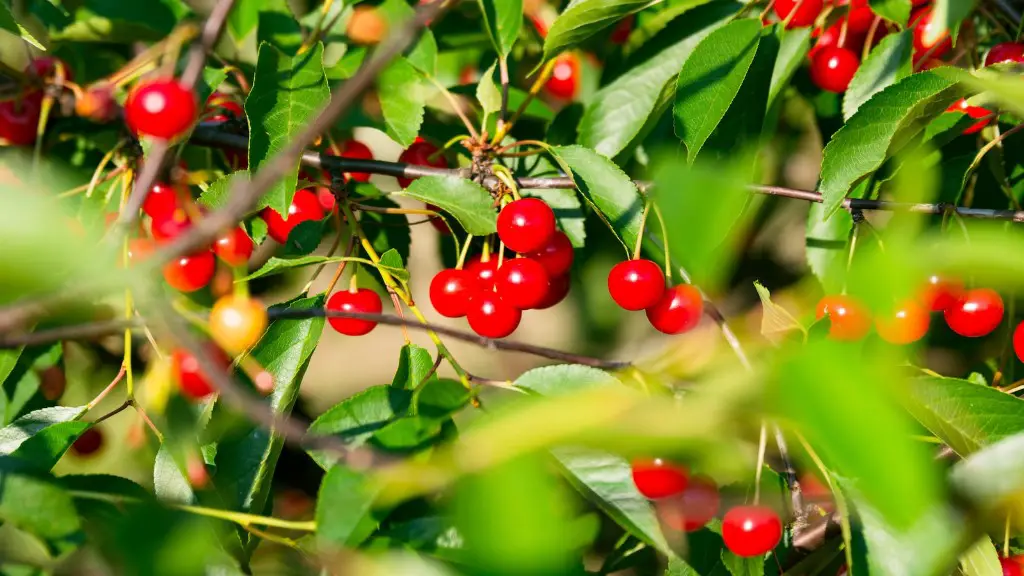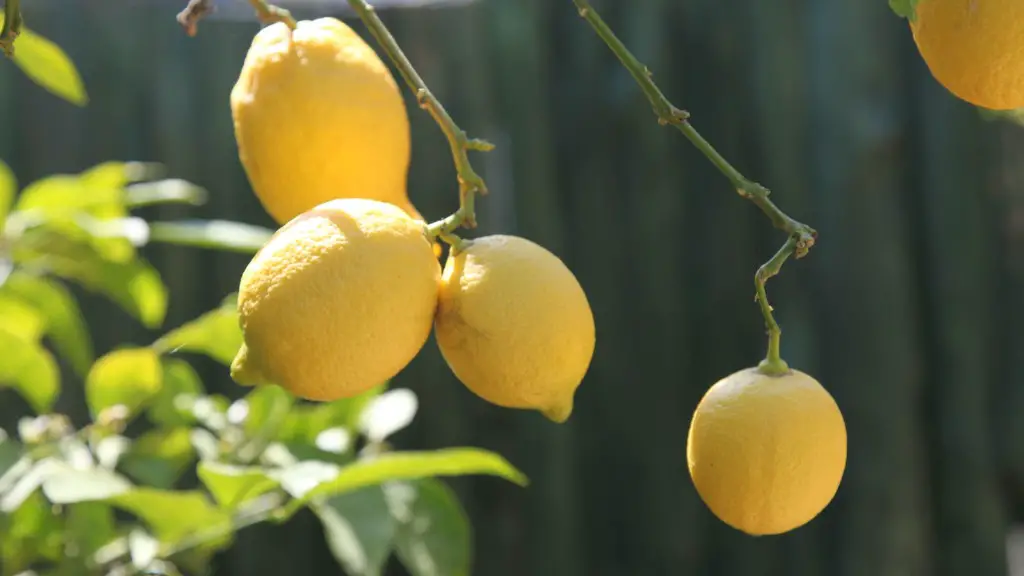Pre transplant Preparations
One of the most important steps before transplanting a cherry tree is to prepare the site. Firstly, assess the soil’s condition and pH levels in order to find the optimal location to transplant the tree. If the soil’s pH levels are not suitable, plan to amend them before transplanting or choose another location. Secondly, paying attention to the climate and distance from other cherry trees is important. Preferred cherry trees grow in temperatures ranging from 10 to 20 Celsius (50 to 68 Fahrenheit). Thirdly, a tree that is to be transplanted should be in optimum health. Check for viruses, fungi, and pests. Finally, water the tree for two to three weeks before the transplanting and then reduce watering one week before the transplant.
Choosing the Right Time to Transplant
The best time to transplant a cherry tree is early in the Spring, when the soil has warmed up enough to support the tree and there is still time for the tree to establish its root system and settle in the new environment before the cold months of Winter. Transplanting a tree at any other time of year is not recommended as the soil temperature may be too cold to provide adequate nutrients and the leaves may still be developing. Furthermore, transplanting outside of the Spring months often puts too much stress on the tree, encouraging vulnerability with mold, fungi, and other Tree Diseases.
The Actual Transplanting Process
On the day of the actual transplanting, the first step is to dig around the tree to a depth of about two feet and carefully remove the soil from the tree’s root ball. Make sure to preserve an outer layer of soil to prevent drying of the root ball during transport. When transferring the tree, be sure to handle the root ball with care in order to preserve the tree as much as possible. Place the tree into its new location and backfill the remaining space with quality soil mix. After transplanting, reduce the amount of watering and make sure the tree is getting adequate amounts of oxygen, otherwise, its growth may be affected.
Aftercare
Once the cherry tree is transplanted, make sure to water it regularly and feed it quality fertilizer. After the tree is in its permanent place, stake it if necessary and make sure to prune the tree if the weather is too cold. Pruning helps promote healthy air flow, shape, and growth. Make sure to use fertilizers with a low nitrogen content; if over-fertilized, the tree may struggle to establish a root system and become weak. Also make sure animal access is restricted, rabbits and other animals can easily damage a young tree.
After Planting Transplant Shock
Transplant shock is a common occurrence after transplanting trees and is characterized by wilting of the leaves and reduced growth. This can happen due to the disruption of the root system, decreased levels of oxygenation, or poor weather conditions. The best way to reduce the effects of shock is to always water the tree regularly and make sure it has access to enough sunlight. If the tree struggles after transplanting, it is best to get professional advice to ensure healthy growth in the long term.
Beneficial Practices Post Transplanting
Often post transplanting, laying organic mulch around the tree can significantly improve its chances of healthy growth. Mulch increases the oxygen levels in the soil and slower evaporation from the soil, reducing water loss and workload on the tree. Although the amount of mulch is variable and species dependant, typically a 2-4 inch layer of mulch is sufficient for a young cherry tree. Additionally, make sure to observe the tree and its new environment, if any adverse effects or changes are observed, diagnose and address them promptly.
Symptoms of Unhealthy Trees
When observing any tree, both before and after transplanting, it is important to look out for any signs of unhealthy growth or disease. Unhealthy trees may display only leaves instead of blossoms, wilting of leaves, stunted growth, hanging branches, and leaves turning yellow or brown. If any of these signs occur, address the identified issues promptly. Furthermore, regular assessment of the tree is highly suggested in order to ensure the tree is thriving and not suffering.
Transplanting to A Container
Transplanting a cherry tree into a container is similar to transplanting into the ground, however, there are specific considerations to factor in. Firstly, the proper size container is necessary in order for the tree to continue growing and receiving adequate nutrients. Secondly, when selecting the container, make sure to pick one that is durable and sturdy; as, pots that are too light or shift may cause the tree to fall or the soil to erode. Thirdly, the type of soil is important, a well-draining soil is typically preferred for containers due to its ability to aerate the soil and prevent water retention. Finally, when watering, the container typically requires more water than a tree planted in the ground.
Using Biosolids and Specialized Fertilizers
Amending the soil before and after transplanting a cherry tree is beneficial in ensuring the tree’s health. Depending on the nutrient levels in the soil and other environmental factors, specialized fertilizers such as biosolids can be used before and after transplanting. Biosolids are the end products of wastewater treatment processes which are high in nutrients essential for the tree’s healthy growth. Careful consideration needs to be taken when selecting and applying biosolids around the tree’s environment to ensure long term health.
Using Root Stimulants
When a cherry tree is transplanted, the root system is most likely in a weakened state. Applying a root stimulant to the tree helps increase the tree’s ability to better establish into its new environment. Not all root stimulants are the same so it is best to research the various options and match one with the tree’s requirements. Often, such root stimulants are a combination of extending agents, preservatives, and trace elements. They help promote the tree’s capacity to absorb oxygen, nutrients, and water quicker hence accelerating the establishment and growth of the tree.
Final Tips
Transplanting a cherry tree entails preparing the soil, choosing the right time to transplant and carrying out the transplanting process, followed by good post transplant care and observation. Creating the right environment and providing essential nutrients to the tree helps ensure the success of the transplant. Appropriate use of soil amendments, specialised fertilisers and root stimulants, when the situation calls, can further ensure that the tree continues to thrive after the transplant is completed.


